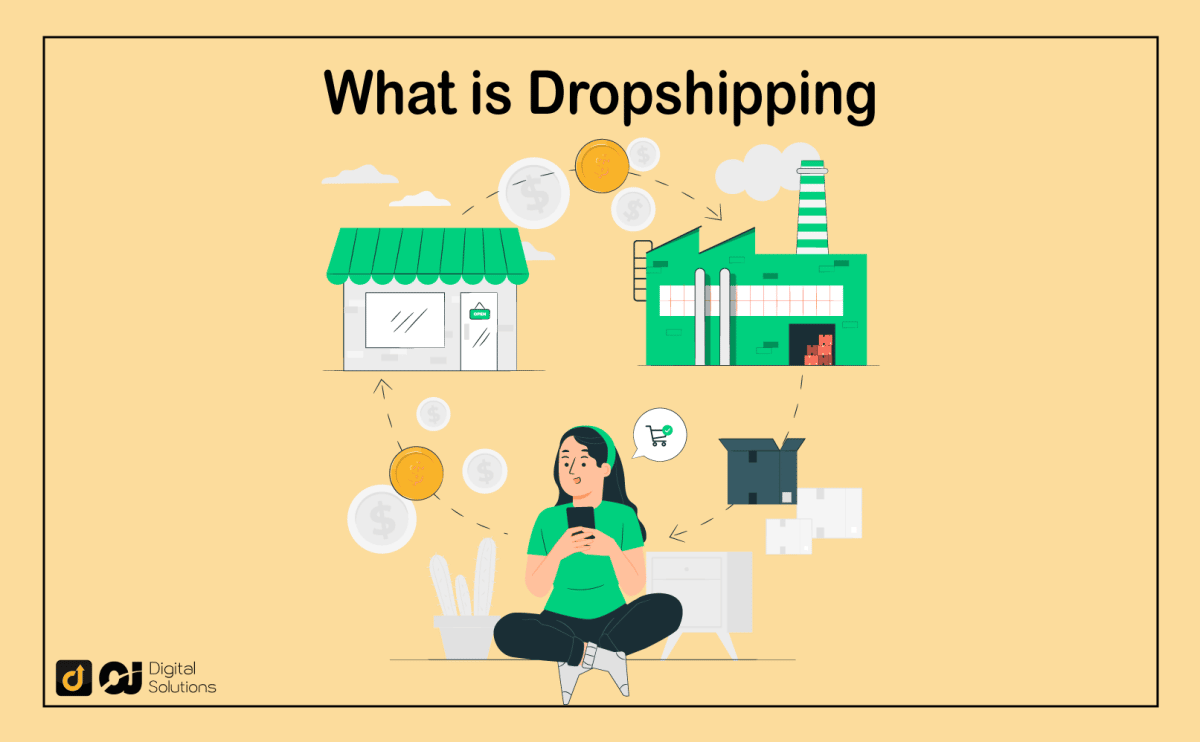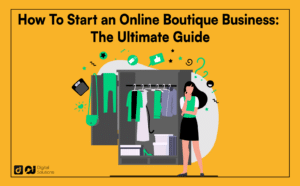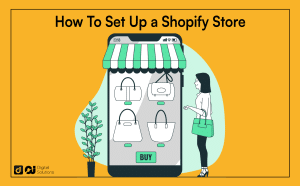What is dropshipping?
How does dropshipping work?
What are the pros and cons of dropshipping?
What are the things to avoid when starting a dropshipping store?
What are some tips to start with dropshipping?
You’ll likely ask these if you run an ecommerce business and want to start dropshipping.
Third-party suppliers ship the physical products to your customers, and customers pay you for each sale. You don’t even need a warehouse for your own inventory.
This process paints a simple picture of dropshipping.
If you’re looking for more information on dropshipping, you’ve come to the right place.
As an ecommerce business owner myself, I want to do everything I can to help you succeed in your venture. Thus, I created this guide to discuss everything you need to know about dropshipping.
I will also answer the questions above.
Let’s begin.
What Is Dropshipping?
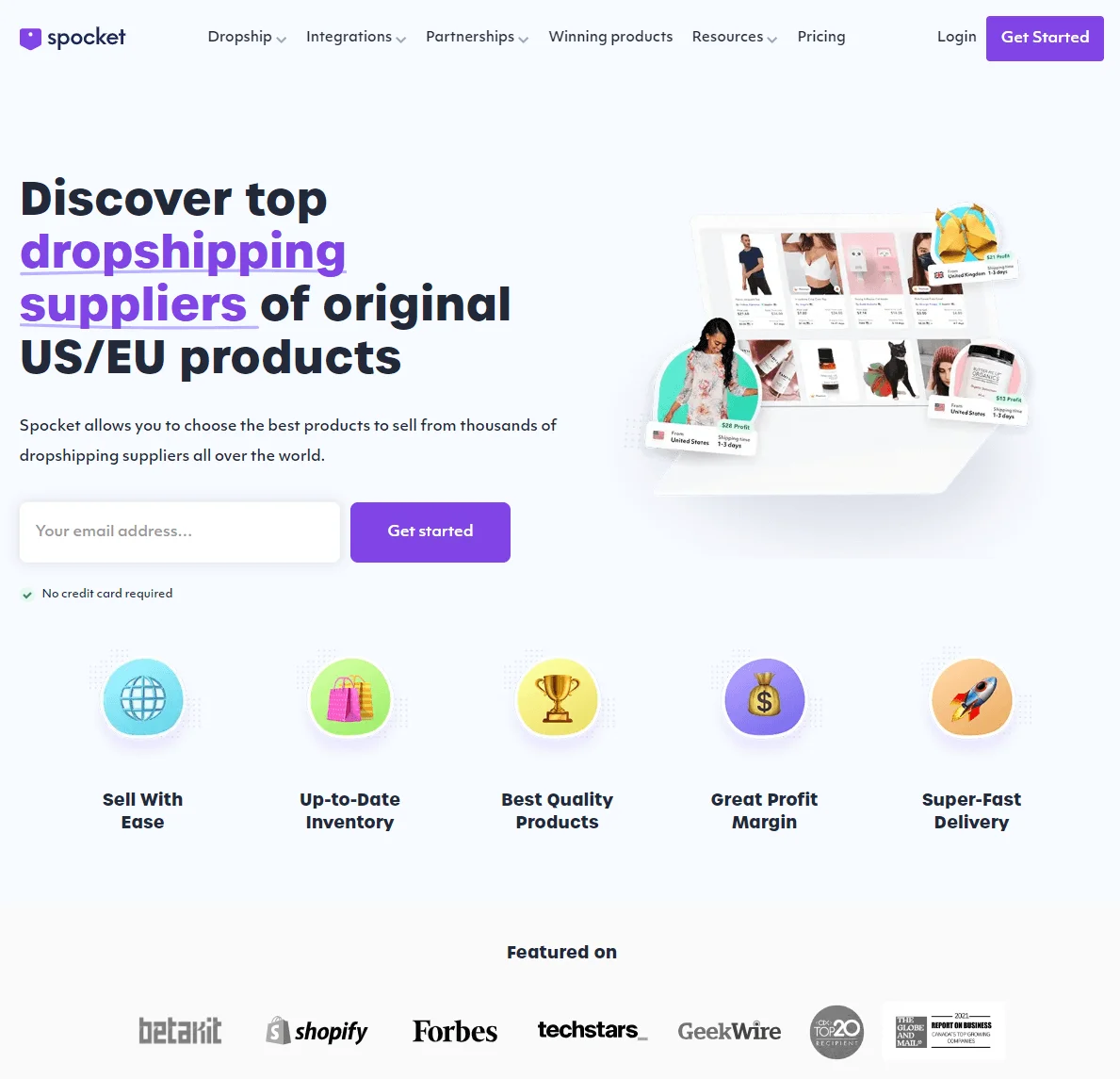
Dropshipping gained traction as a profitable eCommerce business model in the US after AliExpress’s rise to prominence in 2010. It’s an order fulfillment method and ecommerce business model where dropshipping sellers sell products without carrying an inventory.
Dropshipping is a retail fulfillment method where a drop-shipping retailer buys items directly from a third party (a manufacturer, wholesaler, or another eCommerce retailer). The third-party supplier will then ship products straight to customers.
When an eCommerce business owner receives an order, they contact their dropshipping supplier and advise them to ship products directly to the customer’s door. Ecommerce businesses that use a dropshipping model don’t stock their products.
By contrast, traditional ecommerce store owners handle the order fulfillment process themselves. Many store owners do everything, including renting warehouse space, conducting inventory management, and managing the shipping process.
Dropshipping allows store owners to act as an online storefront where customers can order products.
Whenever a consumer places an order, you charge them, and the dropshipper charges you, meaning you don’t physically handle any products.
Here are other things to know about dropshipping.
- The process of running a dropshipping store is similar to running an online store. Customers place an order, and a supplier delivers the item.
- Behind the scenes, dropshippers get the payment and place an order with a third party. These third parties can include AliExpress, DOBA, or even a wholesaler.
- The seller doesn’t handle the product directly, but they can track the customer’s order shipment.
- Dropshipping is a popular business model because it’s a relatively low-risk way to sell online and is easy to start.
How Does Dropshipping Work?
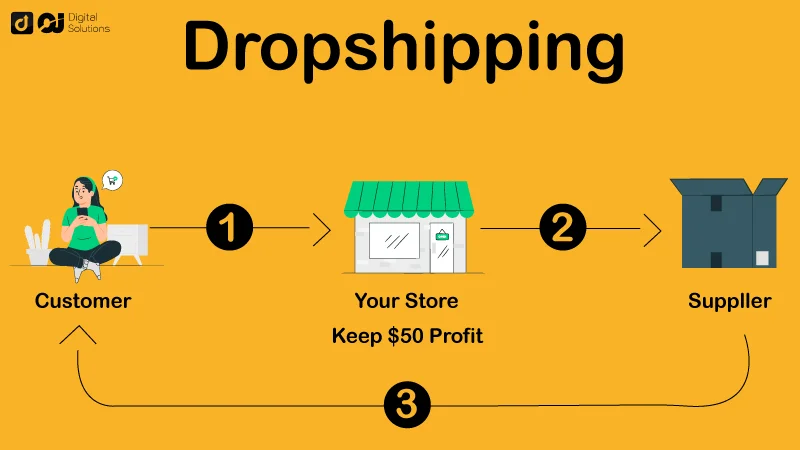
With the dropshipping definition out of the way, I’ll discuss how dropshipping works.
Who Are the Key Players in Dropshipping?
There are four major players in the dropshipping business.
- Store owner
As the store owner, it’s your job to find products, communicate with suppliers, create a website, attract customers, and process orders.
- Supplier
The supplier is the source of the products you sell. When you receive an order from a customer, you contact your supplier, and they will ship the products directly to your customer.
There are three types of suppliers.
- Manufacturers
This type of dropshipping supplier creates products. They often only sell in bulk to wholesalers and retailers, not the general public.
- Wholesalers
Wholesalers buy products from manufacturers, mark them up, and sell them to retailers—wholesalers often stock products from different manufacturers.
- Retailers
These suppliers mark up and sell goods to the public.
- Customers
Customers are the people who buy your products. Your job is to attract them to your store and convince them to buy your products.
- Shipping company
The shipping company is responsible for delivering the products from the supplier to the customer. Many US suppliers will use the services of UPS and FedEx.
The Dropshipping Process
Here’s how the typical dropshipping process works.
1. A customer places an order on an ecommerce store.
2. The dropshipping store owner contacts the supplier to order the item from them.
3. The supplier contacts their shipping company to deliver the product directly to the customer.
4. The owner pays the supplier the cost of the product and shipping fee (minus any discounts they may have negotiated).
5. The owner earns a profit.
Note: The profit is the difference between the store owner’s asking price for the item and the cost of the supplier’s product.
Here’s an example.
Let’s say you have a dropshipping agreement with a clothing supplier.
Your online storefront lists T-shirts, and a customer orders one of your tees.
When the customer pays for the shirt, you send the order to your supplier, who charges you for the shirt price, shipping costs, and any dropshipping fees—the supplier packs and ships the shirt to your customer.
The shirt your customer bought will cost more than your supplier charged you for the shirt and shipping. What’s left here will be your profit.
How Do I Integrate Dropshipping Into My Ecommerce Business?
You can easily add dropshipping to your business if you already have an existing ecommerce store.
Integrating dropshipping into your online store is similar to launching a new product or service.
Here’s a quick overview:
1. Determine the product that suits your overall branding and fits your existing customer base. For example, choose similar dropshipping products if you sell sportswear and other sports gear.
2. Conduct competitor analysis to see how your competition prices the products you want to dropship.
3. Find the best supplier for your chosen dropshipping product. I’ll discuss how you can choose the best dropshipping suppliers later.
4. Work with your supplier to develop a fast and cost-effective fulfillment process.
5. List your new product (or products) in your store.
6. Promote your new product using social media, paid ads, email marketing, and other digital marketing tools at your disposal.
5 Factors To Consider Before Starting a Dropshipping Business
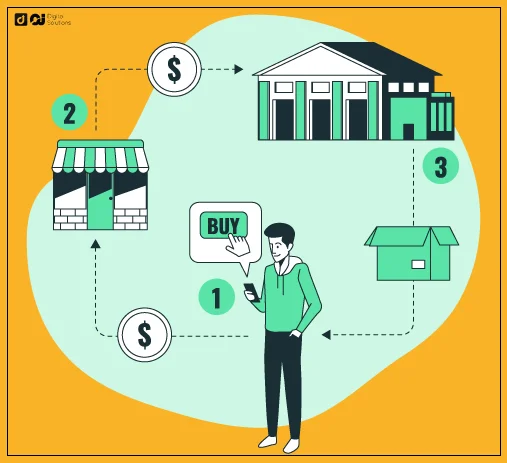
Consider these factors if you want to have a successful business in dropshipping.
1. Oversaturated Market
You might have a tough time selling your products because of oversaturation. Research the market for the product you want to sell before launching it.
Avoid choosing items hastily. Find products that are unique or aren’t available on every retailer’s site.
2. Poor-Quality Products
Test a supplier’s products before you commit to working with them. Try out a few items for yourself.
It would be stressful to start using a supplier only to discover they have sub-par products. Remember, your customer is coming to you if there’s a problem, not to the supplier. It’s your reputation on the line.
Ensure you choose a high-quality supplier.
3. Shipment Delays
Fast shipping is essential in today’s market.
However, shipping might be an issue if your supplier is in another country. Therefore, you must check your supplier’s shipping speeds to ensure they’re competitive.
4. Fees
Remember to check all the drop-shipping fees. Include the product price and supplier fees and factor them into your pricing. You could lose money if you don’t sell your products for the right price.
5. Licensing
Register your business before starting a dropshipping business.
Licensing processes vary by state and country. In South Carolina, for example, you can form an LLC or Limited Liability Company.
How To Start a Dropshipping Business the Right Way

This step-by-step guide can make drop shipping work for your online business.
1. Set Up an Online Storefront.
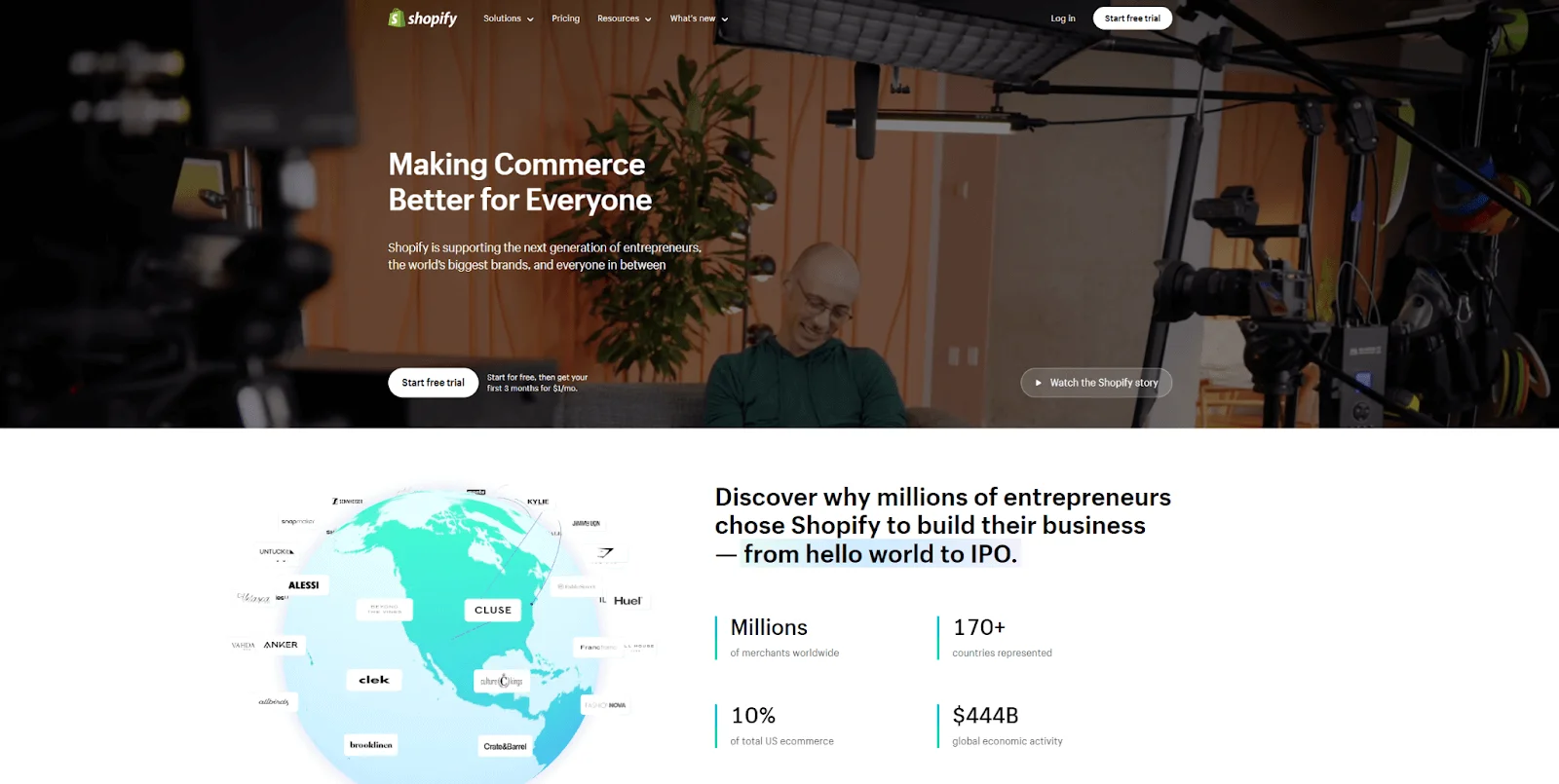
Create an eCommerce website.
Simplify this task with Shopify, the best platform to start dropshipping quickly and efficiently.
Alternatively, you can also use WordPress, Squarespace, or Wix, but they need much more time to set up and won’t usually get you the best results.
You can even open an online store directly on e-commerce platforms like Amazon, eBay, or AliExpress.
2. Sell the Right Products.
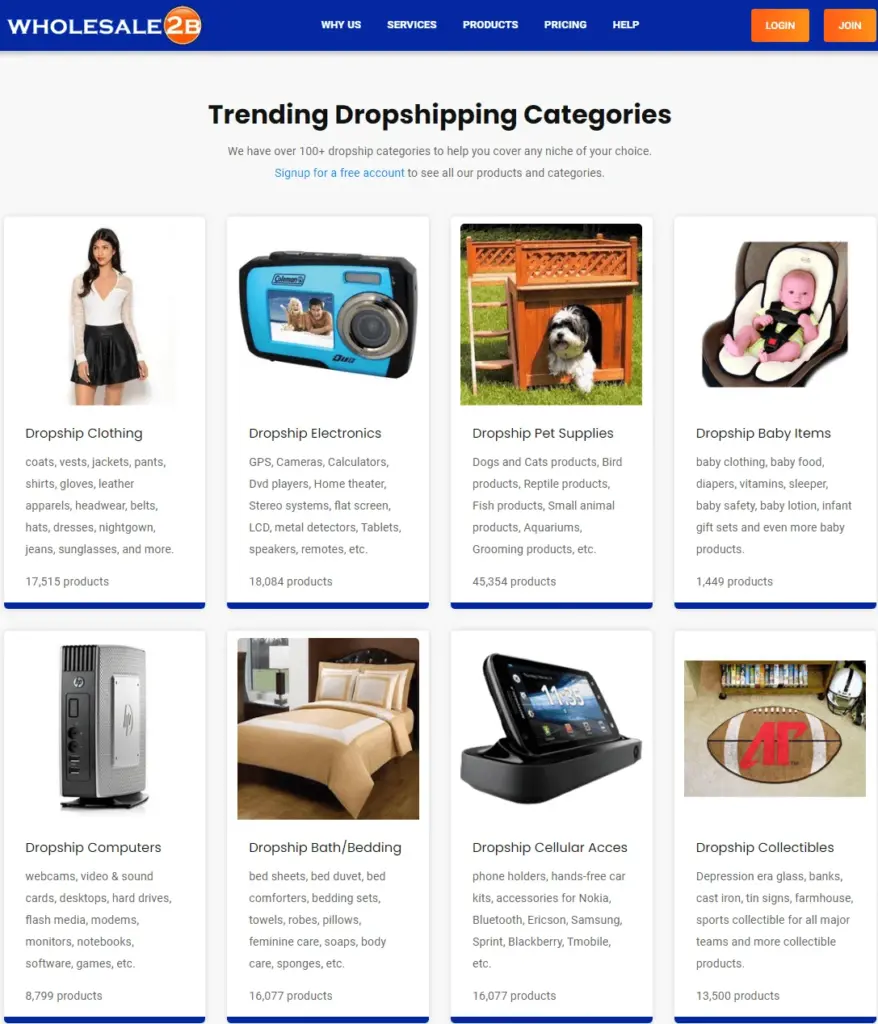
Choosing from millions of products under numerous categories can take much work, so decide what market you want to target first.
Selecting a specific niche and limiting your categories will help you sell more effectively. It doesn’t have to mean starting small. You sell anything from sustainable products to women’s products.
Perform market research to learn the latest trends.
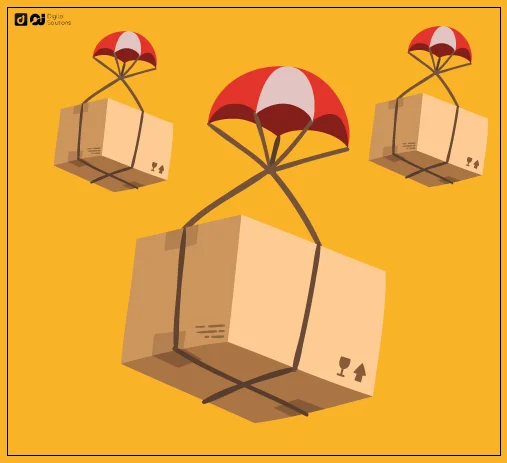
3. Search for Suppliers.
You’ll need to do a lot of research to find the best dropshipping suppliers.
Google or another search engine can help you find suppliers for specific products. Find a dropshipping wholesaler you can trust.
Check out reviews from other merchants to help you decide. You can widen your product options by sourcing through a dropshipping marketplace. You get access to millions of products from vetted suppliers with dropshipping.
4. Add Products to Your Online Store.
Customize your storefront’s product listings.
Include high-quality images, engaging videos, and item details to add variation to your product pages.
Make it easy for customers to find what they need. If someone comes to your store and sees a hodgepodge of different products, they’ll probably go elsewhere.
Sort your product ideas into categories, collections, and filters. Understand your customers’ mindset and look at your online store from your customer’s perspective.
The next step is setting your pricing and shipping rules.
Keep your profit in mind. Consider wholesale and shipping costs when setting your prices. Maintain a balance between increasing revenue and keeping your products affordable.
5. Promote Your Business.
Promote your website and dropshipping products. Spread the word with a marketing plan that works for your target shoppers—it may not be easy, but it’s crucial to your success.
How To Choose the Best Dropshipping Suppliers
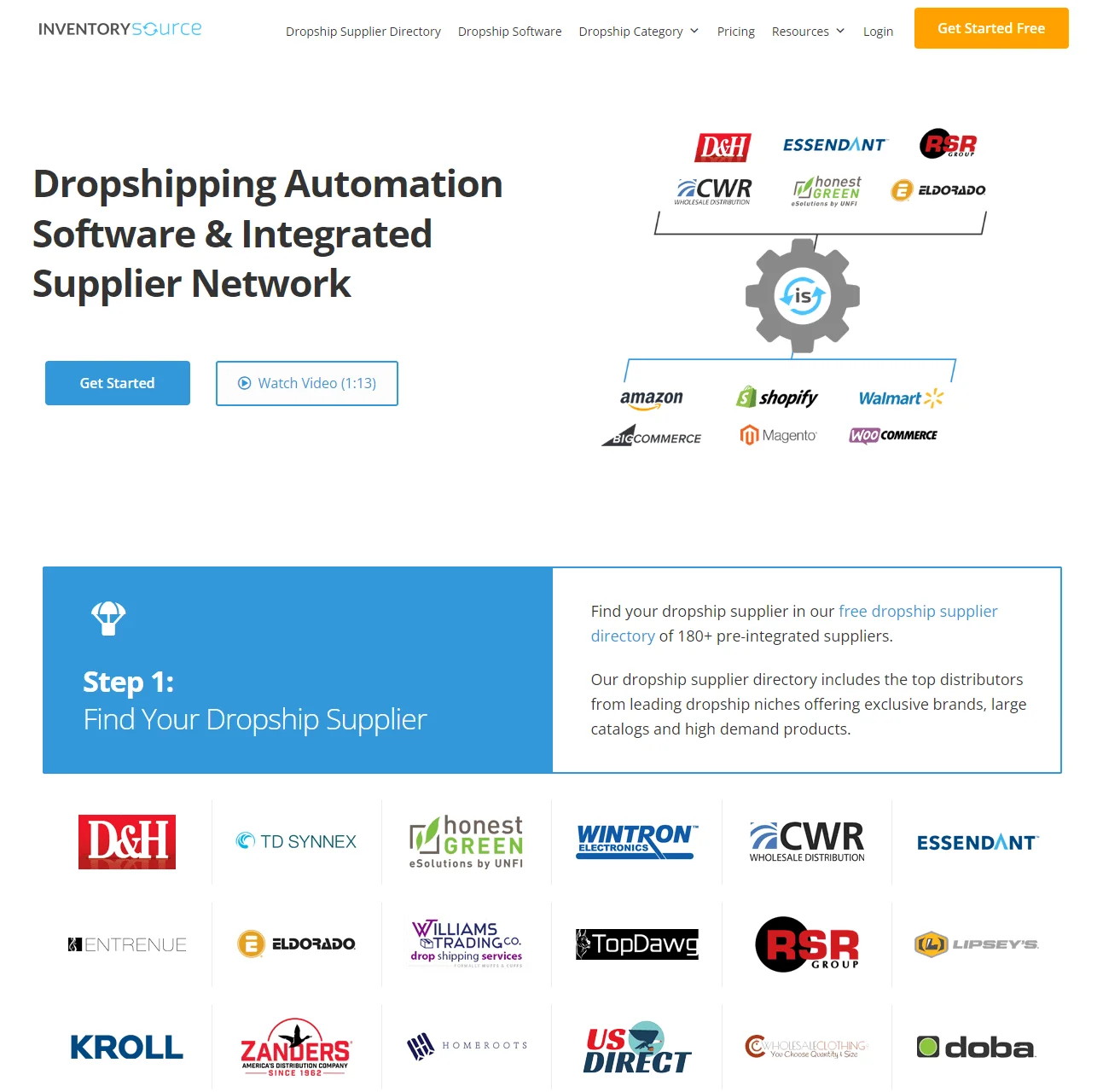
Choosing the right dropshipper will determine your supply chain’s success.
Ideally, you’ll want to set up drop shipping arrangements directly with the manufacturers of the products you want to sell. Go straight to a manufacturer to avoid extra fees that other supply chain partners charge.
Having fewer go-betweens means more profit.
Ask prospective suppliers the following questions to find the best one for your needs, budget, and selling goals.
1. How Much Do You Charge?
Crunch the numbers before choosing a dropshipper. Shop around until you find a supplier that allows you to make a decent profit.
2. How Does Your Billing Process Work?
Will the supplier charge your credit card immediately after placing your order? Will you get a monthly bill? Your cash flow should match your partner’s billing process.
3. Do You Have Any Handling Fees?
If there are handling fees, determine how they might affect your profit margin. Every expense and middleman affects your bottom line, so you want to streamline your supply chain as much as possible.
4. How Do You Ship Your Products?
Choose a partner that ships items with tracking numbers and sends them to you. This information lets you provide customers with accurate, up-to-date details.
Shipping also comes with returns. Learn about your supplier’s return and warranty policies. If they don’t guarantee their products or don’t accept returns, take your business elsewhere.
5. Do You Have a License To Operate?
Some suppliers aren’t as legitimate as they claim; sometimes, the source of merchandise isn’t clear. Many suppliers use a company’s intellectual property or trademarked logos without permission, which is deceptive and illegal.
Dropshipping Agreement Contracts can solve this potential problem, but only some upstarts know. Remember this when choosing suppliers.
The Pros and Cons of Dropshipping
| ✅Pros | ❌Cons |
|---|---|
| Low startup cost | Low profit margins |
| Easy to set up | Liabilities |
| Minimal risks | Shipping complexities |
| Diverse product range | Reduced brand control |
| Scalability |
Pros
According to Statista, the global dropshipping market will be worth $196.78 billion by 2022. Statista also says global dropshipping will grow at a compounded annual rate of about 24%, reaching a forecast value of $476.1 billion.
Numbers prove that Investing in a dropshipping venture is a worthwhile endeavor. Here are the benefits of dropshipping if you’re still not convinced.
1. Low Startup Costs
One of the benefits of dropshipping is its minimal startup costs.
Unlike other business models or fulfillment methods, dropshipping doesn’t involve purchasing inventory upfront or renting a space for a brick-and-mortar retail store—two expensive costs for startups and small businesses.
The only expense in dropshipping is setting up and hosting your own website, which is nothing compared to starting a traditional retail business.
2. Easy To Set Up
You can set up your dropshipping business in four steps.
- Set up your online store.
- Decide what you want to sell.
- Partner with a reliable supplier.
- List your products.
Dropshipping is easy to understand and implement, even if you’re new to ecommerce retail.
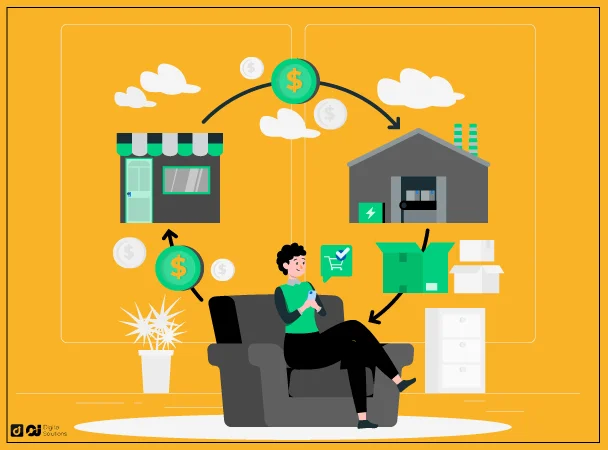
3. Low Risk
Without a physical inventory, you’re under no pressure to sell. You also don’t have to worry about outdated, so there’s not much to lose.
4. Product Diversification
You can decide how many products you want to sell. It doesn’t matter what your niche is or how many products you choose. There is a dropshipper for everything.
5. Scalability
Suppliers package and ship your products for you while you earn profits. It means less overhead and more time to develop your store.
Cons

Dropshipping may seem easy, but it isn’t a get-rich-quick scheme. It also has its downsides.
1. Low Profit Margins
The fierce competition may force you to sell products at low prices to compete. You could have a much lower profit margin than anticipated, even with fewer overheads.
2. Bearing Liability
If your supplier messes up the delivery, the customer will see it as your fault. You’re liable because the customer bought the product from you. It could be detrimental if your store and products don’t meet customer expectations.
3. Shipping Complexities
The dropshipping model is pretty straightforward.
However, you might encounter inventory issues if you work with multiple suppliers supplying other retailers offering the same products.
Your suppliers might use different shipping solutions, which can be a hassle for both of you.
Shipping costs can also vary depending on your setup, especially when shipping multiple items.
Each supplier will have a different billing and processing structure, making it challenging to interact with dropshipping suppliers.
4. Reduced Control Over Your Brand and Customer Experience
In a typical ecommerce retail store, you can handle concerns yourself when customers complain about product quality, fulfillment time, or your return policy. However, in dropshipping, the supplier handles shipments.
You can’t include personalized branding, packaging, freebies, or notes to make the buying experience more satisfying for your customers.
Furthermore, you must cancel orders or delay deliveries if you sell items out of stock with your suppliers.
With a dropshipping business model, you give up responsibility for accurate and timely delivery. However, you’ll still be accountable for supplier errors or product quality issues.
Frequently Asked Questions (FAQs)
How Do Drop Shipping and Retail Arbitrage Differ?
In retail arbitrage, sellers source products from retailers and resell them at higher prices. In simpler terms, a seller resells products already available to the public for profit.
Buying discounted items and flipping them to make a profit is labor-intensive, making retail arbitrage a hassle.
Sellers who combine retail arbitrage with dropshipping as an order fulfillment business model might have trouble relying on retail arbitrage, especially if their business is already unprofitable.
How Much Should I Invest to Start Dropshipping?
It’s hard to predict the exact costs for individual dropshipping businesses. However, you’ll have to purchase a domain name and create an ecommerce site. You’ll also have to pay for online advertising.
Is Dropshipping Legal?
Yes. Dropshipping is legal. It’s an ecommerce fulfillment model that many global retailers use.
Most retail stores you shop at don’t manufacture their own products. The concept of dropshipping takes this curated approach and adapts it to an online business.
How Profitable Is Dropshipping?
This fulfillment method can be very profitable if you choose the right niche, find the right supplier, and target the right audience.
In general, profit margins are 15% to 45%. However, profit margins for luxury goods, jewelry, and electronics can reach 100%.
Is It Possible for Dropshipping Companies to Ship Internationally?
Yes. Some dropshipping companies ship internationally.
Shipping rates, timeframes, and fees vary by company. Whenever you’re researching dropshipping options, check out international order fulfillment details.
For example, Amazon has fulfillment centers around the world. FBA international programs can assist you in reaching international customers if you have the proper shipping plan.
How Does A Dropshipping Supplier Make Money?
Dropshipping businesses mark up the price of their products in exchange for distribution. Since dropshipping stores drive additional sales that suppliers can’t make otherwise, suppliers are fine with dropshippers marketing their products.
How Else Can I Start a Dropshipping Store?
Here are some tips:
- Set up a dropshipping business and commit to it.
- Decide which dropshipping ecommerce business idea you want to pursue.
- Conduct market research.
- Find a dropshipping supplier.
- Build your ecommerce store.
- Establish a business structure.
- Organize your finances.
- Promote your dropshipping business.
- Assess your offerings and make improvements.
Is Dropshipping Worth It?
There are probably better options than dropshipping if you’re looking for a quick way to make lots of money. But if you’re willing to invest time and money in the beginning, dropshipping can be a great side business.
The Bottom Line
Hopefully, my article has answered the question, “What is dropshipping?”
I also hope I’ve given you a clearer understanding of how dropshipping works and its advantages and disadvantages.
Don’t be afraid to start your dropshipping journey today. The time has come to roll up your sleeves, learn the ropes, and dive into the world of dropshipping.
You can also visit my blog for more ecommerce tips and strategies.

